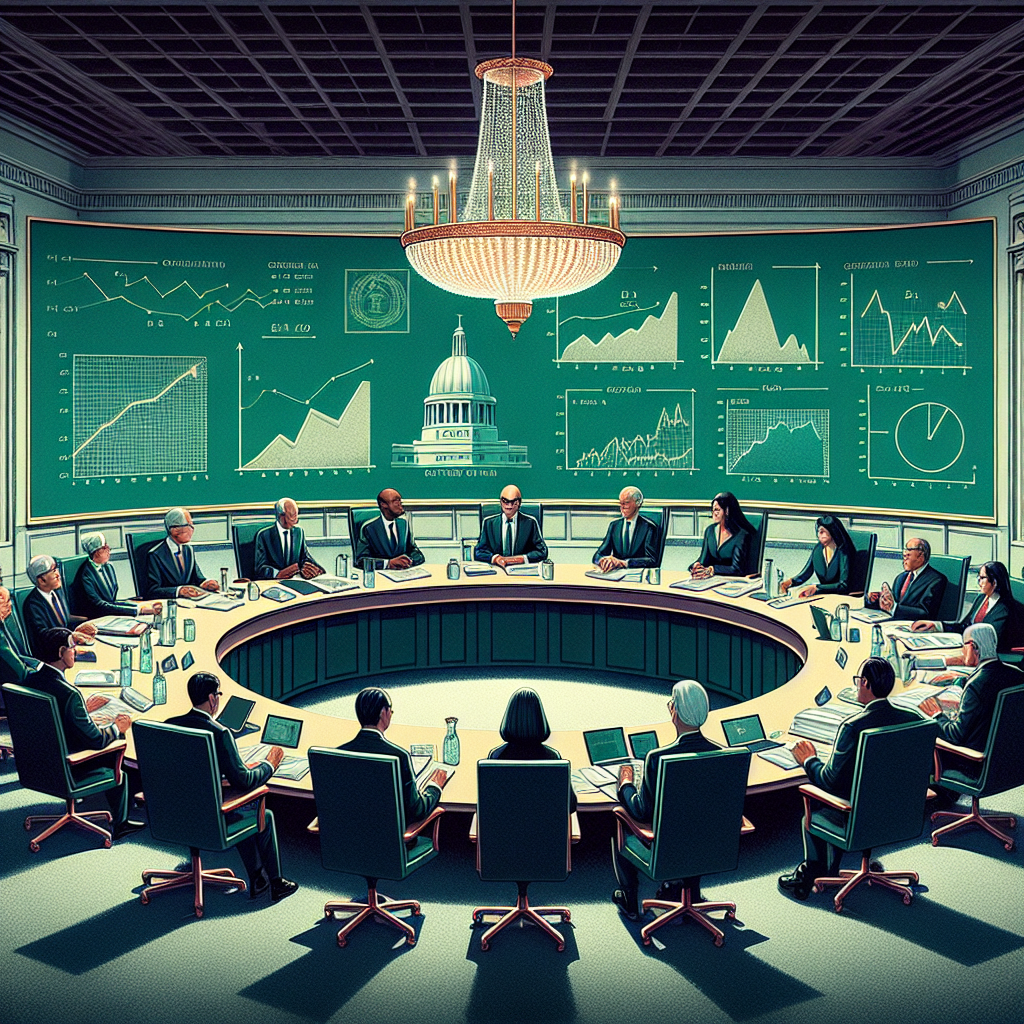Fed Faces High-Wire Act Amidst Tariff Tension and Economic Uncertainty
Business leaders are navigating a complex economic landscape as the U.S. Federal Reserve balances the risks of inflation and slowing growth. Surveys indicate cautious optimism, as tariff impacts and trade policy uncertainties complicate monetary decisions, leaving room for potential stagflation amidst current economic volatility.

The U.S. Federal Reserve finds itself at a crossroads, deciding between the risks of inflation and economic stagnation as it contemplates future interest rate cuts. This dilemma emerges from a backdrop of global trade tensions and heightened economic uncertainty.
Recent surveys of chief financial officers and global executives reveal a pervasive expectation of prolonged tensions. They illustrate an environment where anticipated price increases coincide with weaker revenue projections, prompting a delicate balancing act for monetary policymakers amid President Trump's calls for swift rate reductions.
The ongoing tariff disputes have triggered significant supply chain disruptions, contributing to a complex economic outlook. Analysts express concerns of potential stagflation, with experts forecasting higher inflation and sluggish growth. Fed officials are paying close attention to the unfolding dynamics, as businesses remain cautious in their economic expectations.
(With inputs from agencies.)
ALSO READ
Jammu & Kashmir's Industrial Boom: Overcoming Roadblocks for Economic Growth
Ceasefire Between Iran and Israel Eases Trade Tensions for India
Fed's Tightrope: Navigating Inflation Amid Trade Tensions
EU Stands Firm Amidst U.S. Trade Tensions: A Diplomatic Challenge
China's Strategic Push: New Financial Guidelines to Boost Consumer Confidence and Economic Growth










